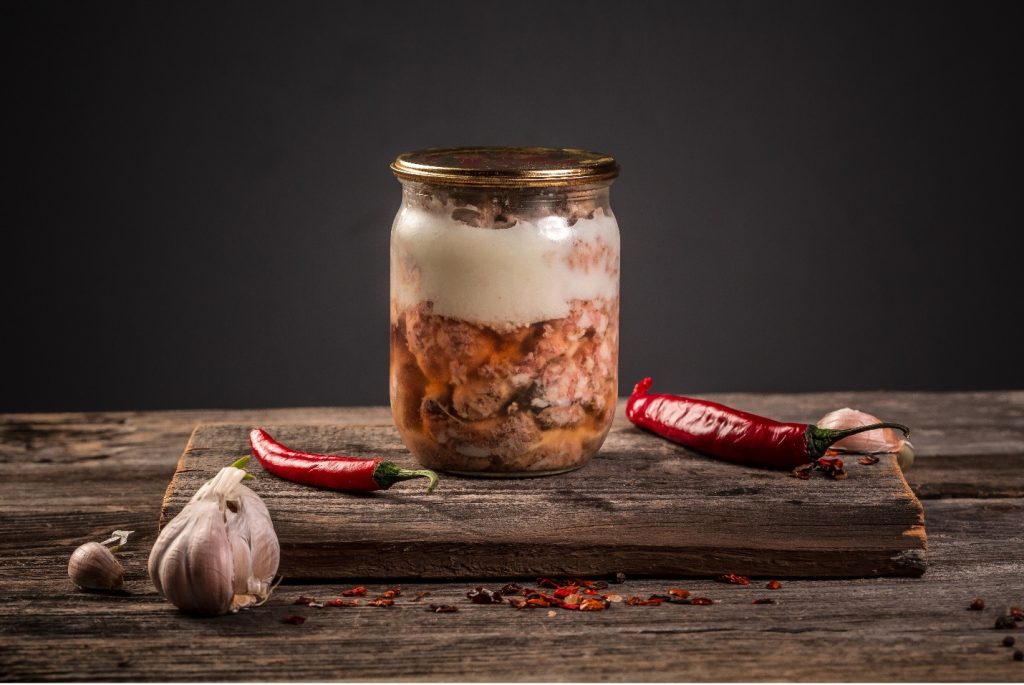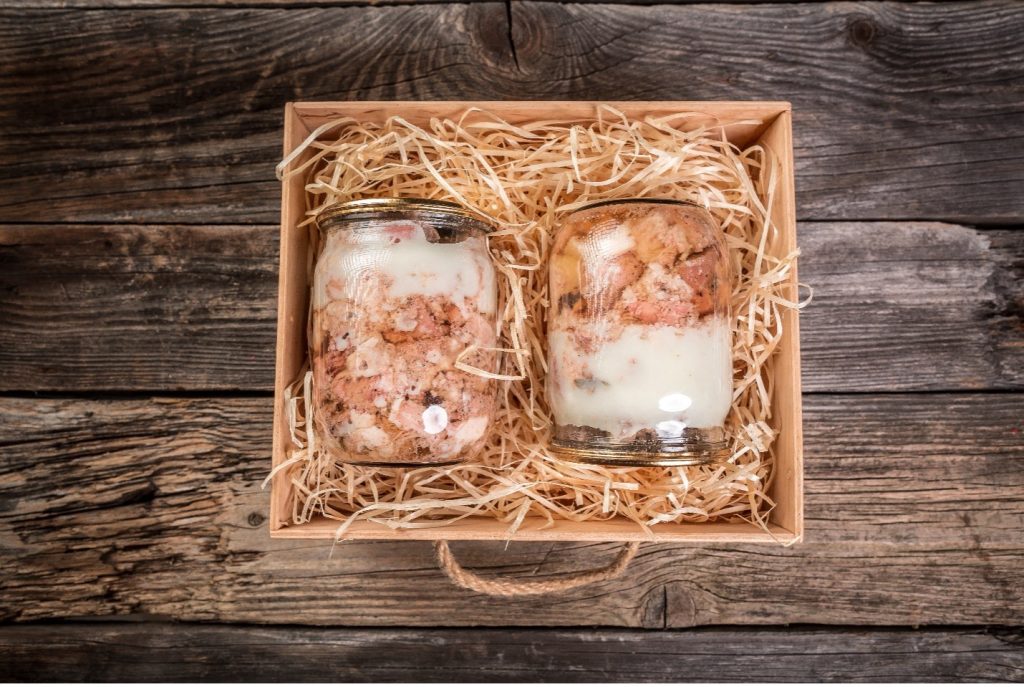By Primary Arms
With things heating up on both sides of the aisle this past year, many are looking for ways to become more self-sufficient. For some, this means beginning their own gardens or learning to sew to make their clothes last longer. For others, this means stocking up on firearms and ammunition or canning and preserving food to keep in case of an emergency.
Many have said that canning and preserving your own food is the best way to begin the road to self-sufficiency. To those of us who are new to this, it sounds like a daunting task. Below are some basic tips and tricks to get you started and keep you from feeling so overwhelmed.
Sterilize Your Jars
To can your food, you need to have jars. There are a few assorted brands of glass jars on the market. It does not matter which you choose. Be sure you get the correct size lids and bands to go along with your jars. Once you have them in your home ready to use, you will want to sterilize them.
This ensures that there are no extra bacteria or germs growing in the jars that would affect your health or the canning process. All you must do to sterilize them is to wash them with soap and hot water. You then move them to a boiling water bath to complete the process.
You can remove the jars from the water after 10 minutes, but you will want to leave the lids in the water until you are ready to seal the jars so that they do not get contaminated with anything in between.
Prepare Your Food
Preparation of the food you are wanting to preserve needs to happen soon after harvest. Whether you are harvesting the food yourself or are buying locally, you will want to preserve the food as soon as possible. The longer you wait to preserve it, the more vitamins and minerals are lost.
Plan your harvest or grocery shopping trip along with a day when you will be able to prep the food for canning. You do this by rinsing the food off with water, then cutting it the way you like. You can slice or dice the food if it will fit in your jar. If you are wanting to pickle some things, you will want to prepare your pickling solution.
Fill Your Jars
When filling your jars, you want to be sure to leave some room at the top. Seasoned canners refer to this space as a “head.” When vegetables are boiled in the jars, they expand. If there is not a head at the top of the can, it could make a mess or prevent the lid from sealing.
After filling the jars with your choice of food, you will want to ensure the liquid you are adding is at boiling temperatures. The liquid could be water, pickling solution, or juice, depending on what you are preserving and how you want it to taste.
Before putting the lids and bands on your jar, you will want to wipe off the jars to make sure there is no residue on the outside of them. Residue from the food or liquids can also prevent the lids from sealing properly.
Time to Process!
Since your produce is hot, you will want to be sure the water in your pressure cooker is also hot so that the jars do not crack or break from sudden pressure changes. After adding the jars to your pressure cooker, the water should be one to two inches above the jars. Always remember to follow the manufacturer directions when using your pressure cooker.
It is possible to can using a water bath by bringing the food to a slow boil. The pressure cooker is more controlled and does not require you to watch it after adding the cans.
When you add the cans to the pressure cooker or the water bath, be sure they are not touching. The best way to lower the cans is to have tongs or a jar lifter. This will help keep you from burning yourself. The amount of time and the needed temperature can vary between regions.
You will want to find your elevation and follow the recommended processing times according to the type of vegetable you are canning.
Remove Your Jars
Once the recommended time is up, you will want to carefully remove the jars from the water bath or the pressure cooker and place them on a protected flat surface such as a table or counter. They will need to sit for about 24 hours to completely cool.
As they cool, you will hear the lids make a popping noise. This means that the vacuum seal has been achieved and the food is now shelf-stable. After 24 hours, you will want to press down on the seal on each jar to be sure it is fully sealed.
If it pops back out, it has not been sealed all the way, should be placed in the refrigerator, and eaten first.
Label and Store your Jars
Finally, you will want to properly label and store your jars so you can use them in the proper amount of time. The food will last for a while, the time table varying between vegetables. Label each jar with the contents and the date it was canned. Then, store your jars in a cool, dry, dark place like a pantry until you are ready to use them.
Preserving and canning your food may sound daunting at first, but it is quite simple and easy once you get the hang of it. Practice makes perfect, so the more you process and can, the more successful you will be and the more self-sufficient you will become.
Take your well-being into your own hands. Learn to can and preserve and you will be well on your way to caring for yourself and your family without outside involvement. Happy canning!




